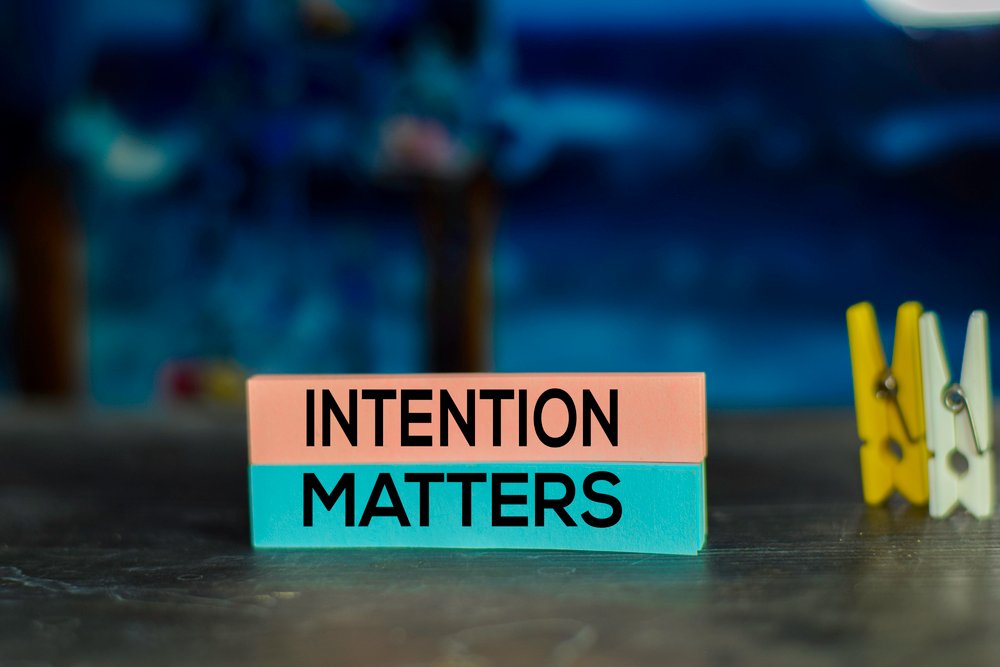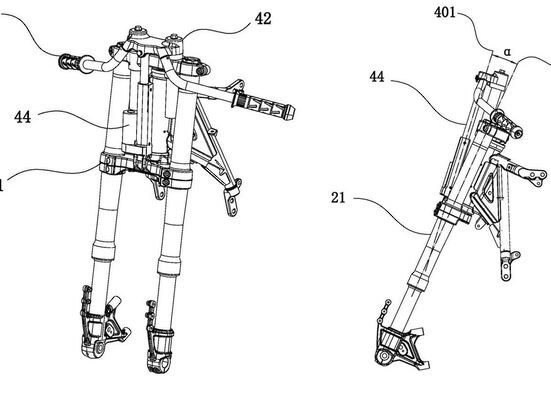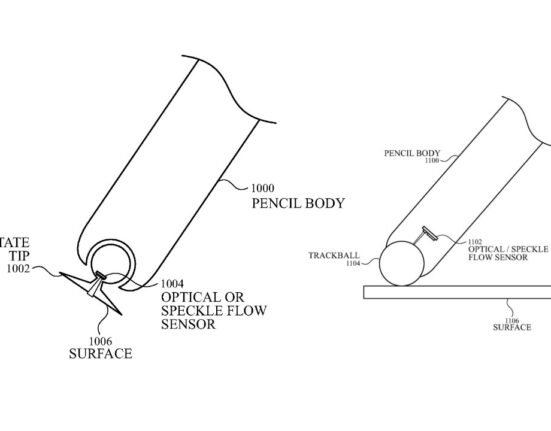“The existence of a patent settlement license cannot mean there is a patent marking requirement without more. It is the intention of the parties to the settlement license as expressed through the terms of the settlement license that control.”
 It is well-established that a non-practicing entity (NPE) does not have to mark products to collect damages for patent infringement. Equally well-established is that an NPE who licenses another to produce a patented article has an obligation to ensure its licensee marks its products or the NPE will not be able to collect damages until it has provided both notice of the patent and an allegation of infringement to the accused infringer. Arctic Cat Inc. v. Bombardier Recreational Prod. Inc., 876 F.3d 1350, 1366 (Fed. Cir. 2017. What is less clear is the patent marking requirement when an NPE settles a patent infringement action where the accused infringer does not admit liability. Does that NPE now have an obligation to use reasonable efforts to ensure the other settling party is marking its products with the patents it was accused of infringing? Did the NPE impliedly license the other party “for or under” the patent to trigger a marking requirement of Section 287(a)?
It is well-established that a non-practicing entity (NPE) does not have to mark products to collect damages for patent infringement. Equally well-established is that an NPE who licenses another to produce a patented article has an obligation to ensure its licensee marks its products or the NPE will not be able to collect damages until it has provided both notice of the patent and an allegation of infringement to the accused infringer. Arctic Cat Inc. v. Bombardier Recreational Prod. Inc., 876 F.3d 1350, 1366 (Fed. Cir. 2017. What is less clear is the patent marking requirement when an NPE settles a patent infringement action where the accused infringer does not admit liability. Does that NPE now have an obligation to use reasonable efforts to ensure the other settling party is marking its products with the patents it was accused of infringing? Did the NPE impliedly license the other party “for or under” the patent to trigger a marking requirement of Section 287(a)?
What the Courts Have Said
The Federal Circuit, in Amsted Indus. Inc. v. Buckeye Steel Castings Co., 24 F.3d 178, 185 (Fed. Cir. 1994), considered a related issue, i.e., the scope to be accorded the “for or under” language of section 287(a). Amsted contended that it was not subject to the marking provision because it only produced a portion of a patented article. Id. However, Amsted sold its portion of the patented article, a center plate, to customers with instructions on how to assemble the center plate, along with other components, according to the teachings of the patent. Id. The fully assembled center plate and components infringed Amsted’s patent. Amsted argued that had it marked its center plate it would have violated 35 U.S.C. § 292 which prohibits the marking of an unpatented article. The Federal Circuit was not persuaded and reasoned that Amsted’s customers were making a patented article ‘for or under’ Amsted’s patent, thereby limiting Amsted’s damage recovery because the patented article was not marked. Id. In rendering its decision, the Federal Circuit considered “the purpose of section 287, to encourage the patentee to give notice to the public of the patent, [ ] there is no reason why section 287 should only apply to express licensees and not to implied licensees.” Id. Thus, the courts will require marking, and limit damages, where a patentee intends that its licensees produce a patented article. Therefore, the intention of the parties can control whether there is a patent marking requirement.
The existence of a patent settlement license accordingly cannot mean there is a patent marking requirement without more. It is the intention of the parties to the settlement license as expressed through the terms of the settlement license that control. As the interpretation of a settlement license is not an issue unique to patent law, regional circuit law will apply. See Gjerlov, 131 F.3d at 1020. See also Sun Studs, Inc. v. Applied Theory Assocs., Inc., 772 F.2d 1557, 1561 (Fed.Cir.1985). Under Texas law, a settlement agreement is a contract subject to the same rules of construction as other contracts. Certain Underwriters at Lloyd’s, London v. Oryx Energy Co., 203 F.3d 898, 901 (5th Cir.2000) “A court’s primary concern in construing a contract is to ascertain the intentions of the parties as expressed in the instrument memorializing their agreement.” Id. A court will “examine the entire document and consider each part with every other part so that the effect and meaning of one part on any other part may be determined.” Heritage Resources v. Nationsbank, 939 S.W.2d 118, 121 (Tex.1996). A court will also “presume that the parties to a contract intend every clause to have some effect.” Id. Thus, the mere existence of a settlement license cannot require marking without first interpreting the settlement license to ascertain the intention of the parties as expressed in the written document, the settlement license.
During the process of interpreting the settlement license, it might be that the parties specially mention there is a requirement to mark or that the licensee is licensed to produce a patented article “for or under” the licensor’s patents, as in Amsted. However, without the step of interpreting the settlement license, no marking requirement can be assumed. The United States Supreme Court counseled that settlement agreements cannot be said to have a purpose; rather the parties have purposes, generally opposed to each other, and the resultant [settlement license] embodies as much of those opposing purposes as the respective parties have the bargaining power and skill to achieve. For these reasons, the scope of [a settlement license] must be discerned within its four corners…. [T]he instrument must be construed as it is written, and not as it might have been written had the plaintiff established his factual claims and legal theories in litigation. United States v. Armour & Co., 402 U.S. 673, 681–682, 91 S.Ct. 1752, 29 L.Ed.2d 256 (1971).
Likewise, Federal Circuit jurisprudence does not construe a patent settlement license any differently than a common contract and holds “that the interpretation of the agreement must be based, not on the subjective intentions of the parties, but on the objective words of their agreement. Novamedix, Ltd. v. NDM Acquisition Corp., 166 F.3d 1177, 1180–81 (Fed. Cir. 1999). Thus, simply because a settlement license resolves a patent infringement lawsuit does not change how that settlement license is construed.
Language is Key
Any statement in a settlement license that one of the parties denies infringement is a clear statement that the parties are not in agreement that the accused infringer is producing a patented article “for or under” the licensor’s patents. Thus, giving meaning to every part, it cannot be said that the marking requirement of 35 USC § 287(a) is triggered as there is no agreement on the terms, i.e., the parties to the settlement license are not in agreement that accused infringer is “making, offering for sale, or selling within the United States any patented article for or under” licensor’s patents. Therefore, a settlement license merely meant to end litigation with a party denying infringement does not require patent marking. In such a situation, the policies of Section 287 are not implicated as the parties never intended the settlement license to require patent marking, never intended that the settlement license was for the licensee to produce a patented article “for or under” the licensor’s patent. The settlement license merely ended the litigation.
As this author has mentioned before, settlement licenses negotiated in the face of a threat of high litigation costs may be strongly influenced by a desire to avoid full litigation. See, e.g., Rude v. Westcott, 130 U.S. 152, 164, 9 S.Ct. 463 [468] Such settlement licenses may therefore have little to do with whether the parties to the settlement license agreed there was infringement. Settlement licenses may not be a typical license between parties to produce a patented article for or under a patent.
Be Aware of Section 287—But Intent Controls
If a defendant identifies a settlement license between the NPE and a defendant that did not admit infringement and wherein the defendant does not agree that it is producing a patented article for or under the NPE’s patent, there is no requirement to patent the mark, unless provided otherwise in the settlement license.
If a defendant identifies a settlement license that it contends is a license agreement triggering a marking requirement, the settlement license must be interpreted to discern the intention of the parties as expressed within the four corners of the settlement license before it can be determined if there is a patent marking requirement. If there is no language that requires patent marking, no language that specifies the licensee is producing a patented article “for or under” the licensor’s patent, and the facts do not establish an implied license to produce a patented article, then there is no requirement to mark. As previously stated, the policy considerations of Section 287 are advanced when parties are allowed to freely settle cases without admitting infringement and thus not requiring marking. However, if a settlement license is drafted that specifically identifies products the accused infringer is allowed to produce through the settlement license, a court may determine the products are impliedly licensed, as provided in Amsted, notwithstanding that the parties do not agree there is infringement.
An NPE entering into settlement licenses with accused infringers needs to be wary of Section 287. However, the author believes that the intent of the parties as expressed within the four corners of the settlement license controls whether the settlement license triggers a marking requirement.
Image Source: Deposit Photos
Author: olanstock
Image ID: 315653592







